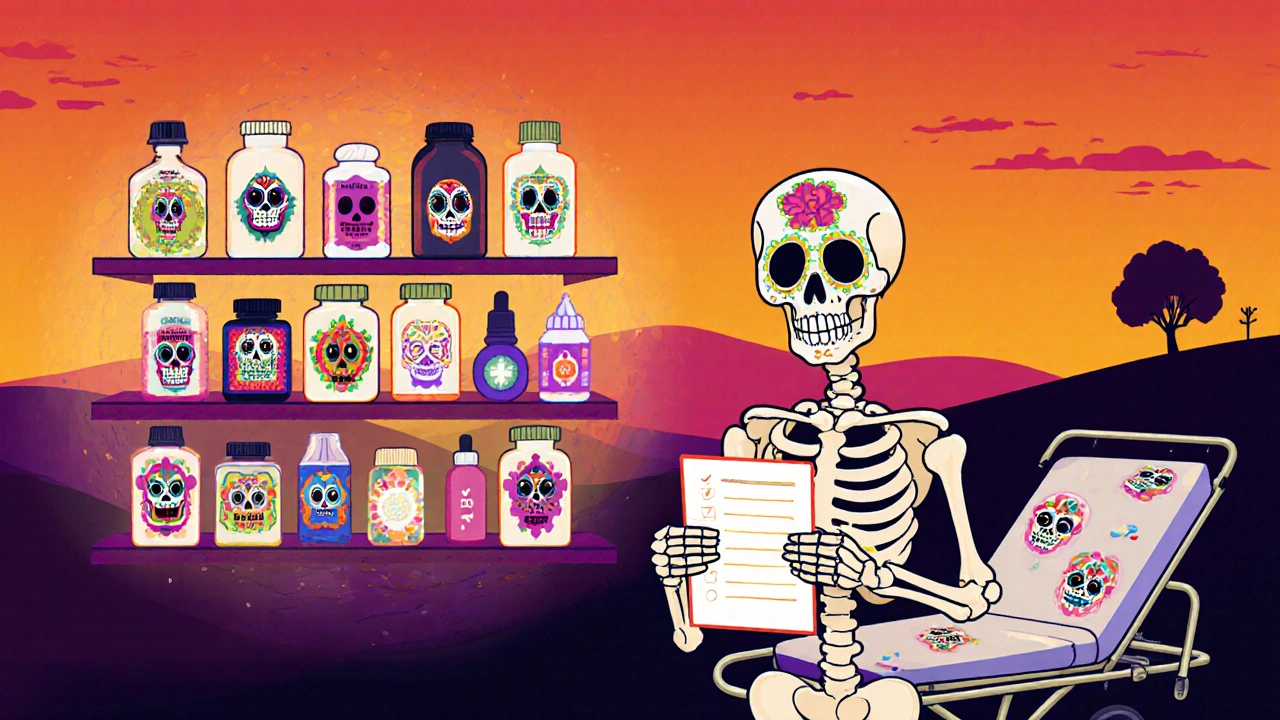Medication Reconciliation: What It Is and Why It Saves Lives
When you switch doctors, get discharged from the hospital, or start a new medicine, medication reconciliation, the process of comparing a patient’s current medications with those prescribed at each care transition. It’s not just paperwork—it’s a safety net that stops deadly mistakes before they happen. Think of it like double-checking your bank statement before you spend: if you’re taking five pills at home and the hospital adds two more without knowing the full list, you could end up with dangerous overlaps, missing doses, or toxic combinations.
drug interactions, when two or more medicines react in harmful ways inside the body are one of the top causes of hospital readmissions. A patient on blood thinners who gets prescribed a new NSAID without their full list being reviewed could bleed internally. Someone taking antidepressants and an antibiotic might develop serotonin syndrome. These aren’t rare accidents—they happen every day because pharmacy safety, the system of checks and documentation that ensures medications are used correctly breaks down at handoffs.
medication errors, mistakes in prescribing, dispensing, or taking drugs are often silent. You might not feel anything wrong until it’s too late. That’s why medication reconciliation is required by law in U.S. hospitals and clinics. It’s not optional—it’s the baseline. Nurses, pharmacists, and even patients themselves play a role. You’re not just a recipient of care—you’re part of the team that keeps you safe.
Looking at the posts below, you’ll see how this process connects to real-world issues: how antibiotics and probiotics should be timed to avoid gut damage, why steroids can spike blood sugar in diabetics, how biosimilars and generics are tracked differently, and why people on long-term meds need to watch for cumulative toxicity. These aren’t random topics—they’re all pieces of the same puzzle. Medication reconciliation is the glue holding them together.
What you’ll find here isn’t theory. It’s what patients and caregivers actually deal with: confusing prescriptions, hidden risks, cost barriers, and the quiet moments when someone forgot to ask, ‘What else are you taking?’ The articles below give you the tools to ask those questions—and to make sure no one overlooks the list that could save your life.

